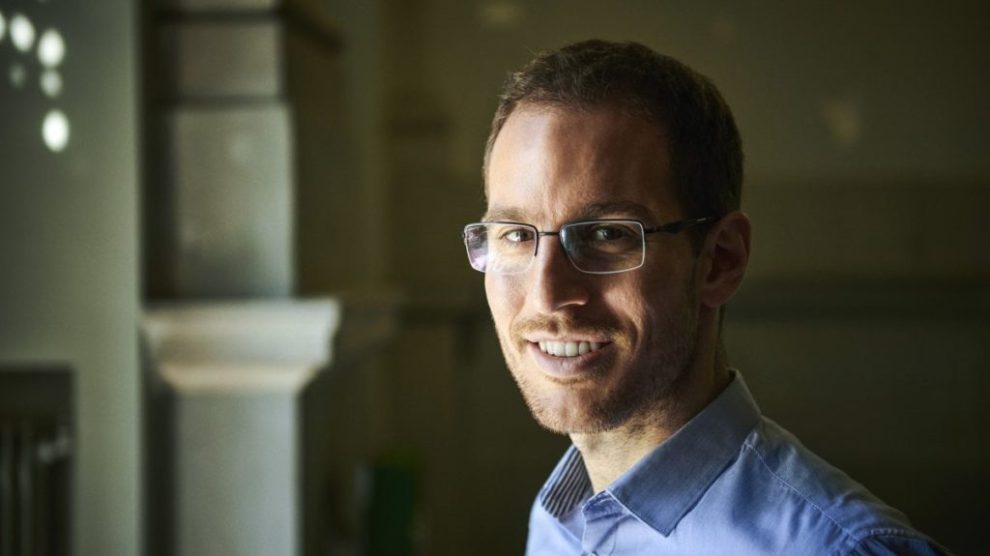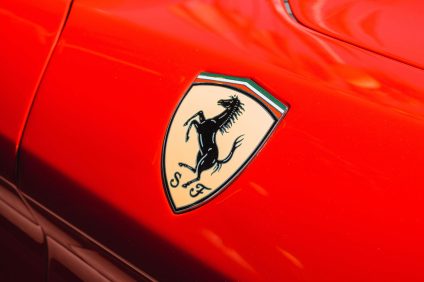Nobel Prize for Mathematics awarded to Alessio Figalli; so this year the Fields medal is tricolor, and it happens forty-four years after the last Italian victory! The podium is for a XNUMX-year-old Roman mathematician working at the Zurich Polytechnic with a brilliant history and a very promising future.
Origin and genesis of the winner of the Nobel Prize for Mathematics
Alessio Figalli was born in Rome on April 2, 1984; student of Vivona classical high school in the Eur area, he left Rome and graduated brilliantly from the Normale di Pisa. Since then the rise has continued with a research fellowship at the French CNR. Then Figalli also has the satisfaction of obtaining a professorship that is offered to him at the Ecole Polytecnique in Paris where he becomes “Professeur Hadamard”.

With an enviable roll of gear, Alessio Figalli flies to Texas, to Austin precisely, where he is offered another professorship. A few years pass and our current Nobel Prize for Mathematics returns to Europe again, precisely at the Polytechnic of Zjurigo. Years of work materialize his research focused on mathematical analysis, and in particular on the aspects concerning the concept of "optimal transport", regarding the most economical way to transport a mass distribution from one place to another. These complex mathematical calculations turned out to be so important that they allowed him to be a full-fledged one of the four selected this year for the Fields award! We are talking about theorems concerning problems concerning "optimal transport", on which Figalli elaborated his doctoral thesis; such researches are by no means mere theory, but concretely applicable in engineering and physics.

They allow us to better understand meteorology, certain natural phenomena such as soap bubbles, and even the formation of clouds. Our Nobel Prize in Mathematics for his research, in addition to the Fields Medal, has previously received many other international awards. The Italian Feltrinelli Prize was awarded to him by the National Academy of Lynceans, considered among the most prestigious of all. However, the Fields Medal is undoubtedly the most important award for mathematicians, and unlike the Nobel proper, it is awarded every four years to four mathematicians who are under the age of XNUMX.
The Fieldes medal by Alessio Figalli on the shields
The Fields Medal awards a prize of fifteen thousand Canadian dollars, a symbolic figure in relation to the scope of the studies. The Nobel of the Academy of Sweden, on the other hand, awards the winner one million US dollars. Alessio Figalli's victory was announced in Brazil, in Rio De Janeiro at the opening ceremony of the XNUMXth International Congress of Mathematicians: great honor! The medal has a great significance, and has the face of Archimedes imprinted on one face with the phrase "Transire suum pectus mundoque potiri", which translated from Latin means "to transcend one's limits and dominate the universe". On the other side of the coin is the sphere of Archimedes inserted in a cylinder, and a dedication by mathematicians from all over the world. The first edition of the Fields award dates back to 1936; after a stop due to the Second World War it was reassigned in 1950.

At the time, there were only two winners, but always evaluated every four years. But since 1966 the medal has been awarded to four people due to the important expansion of the fields of application of mathematics. Alessio Figalli the winner of the award Nobel of mathematics stated:
“I didn't go away because Italy didn't want me. I found myself being a citizen of the world more by chance than anything else, when other countries gave me opportunities long before one could imagine. Of course, Italy must be able to give those who go abroad the opportunities to be able to return with suitable positions, something that is not happening at the moment ". "This award gives me a lot of joy, it is something so great that it is difficult for me to believe I have received it, it is a great stimulus for the future, which will motivate me to continue working in my research fields to try to produce studies of the highest quality. level".





